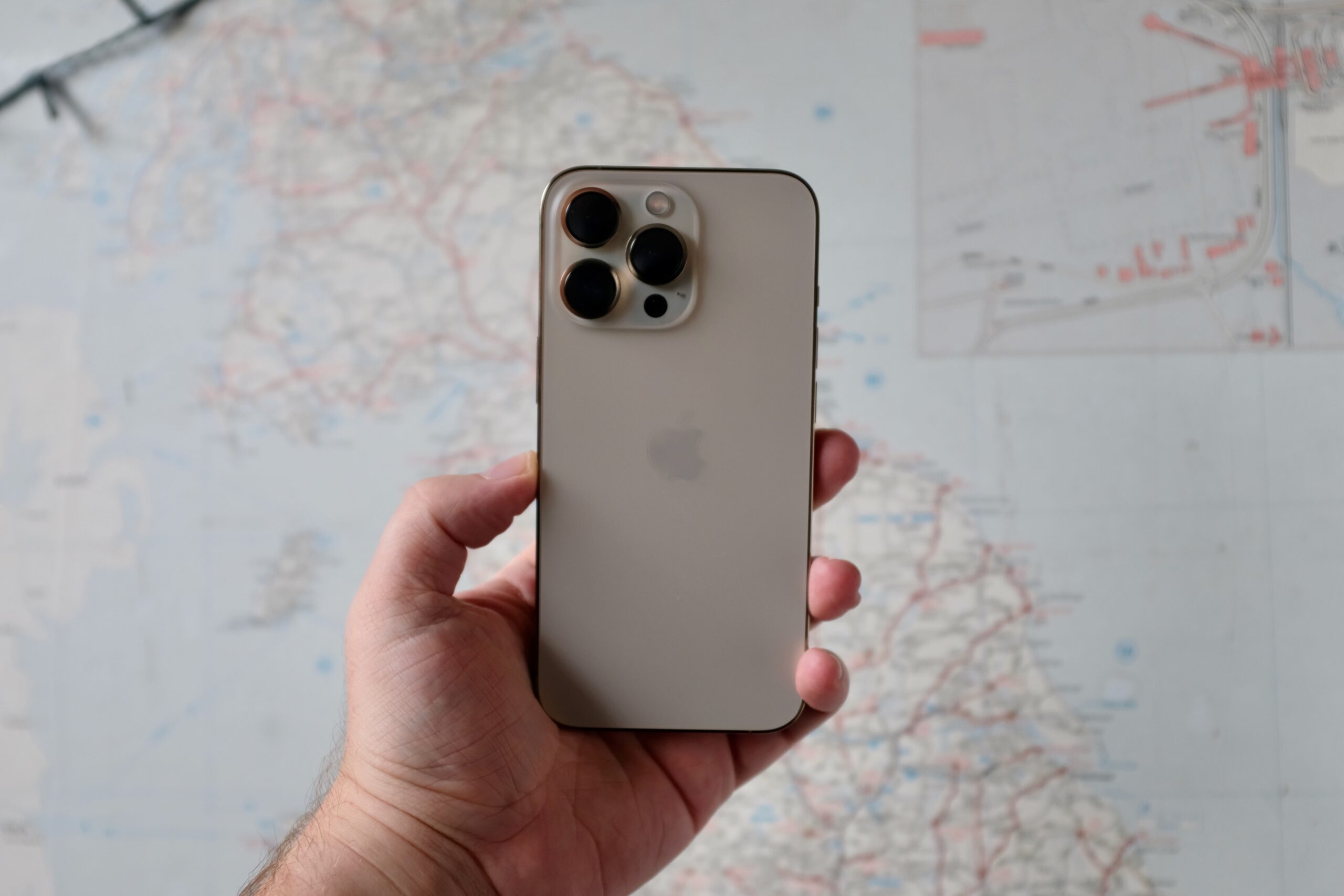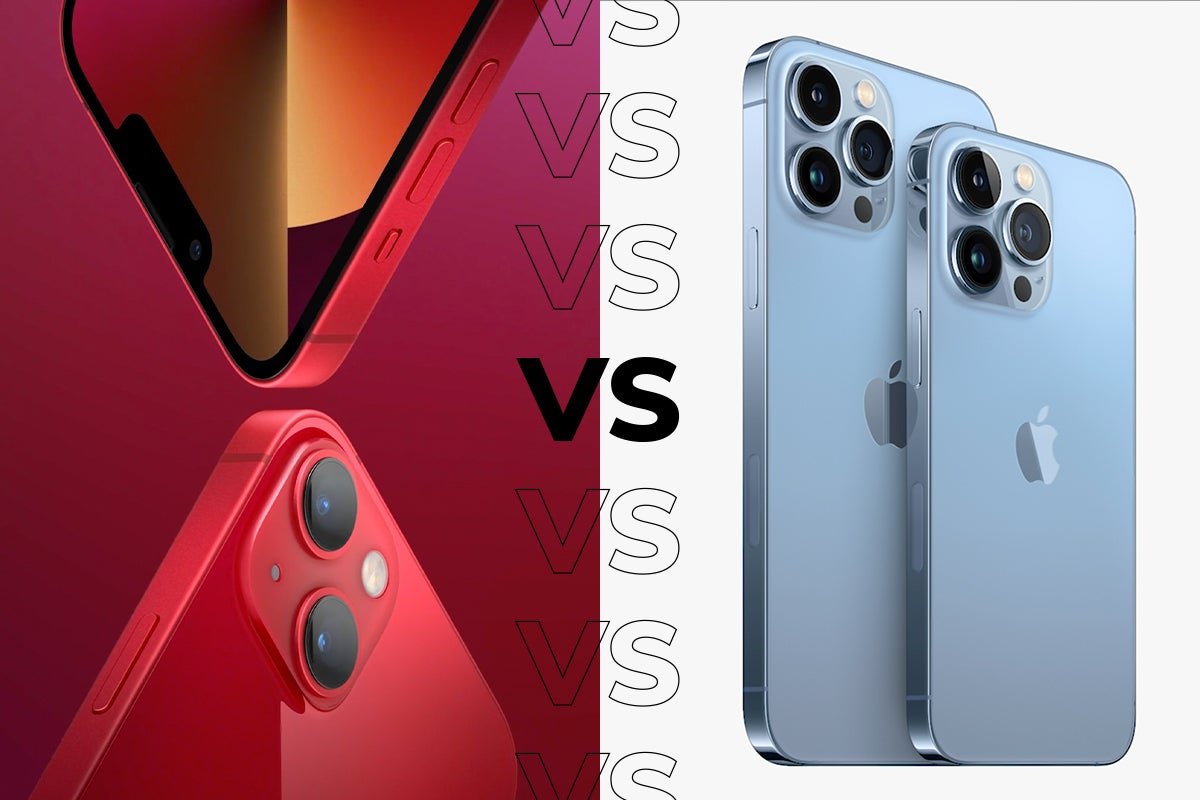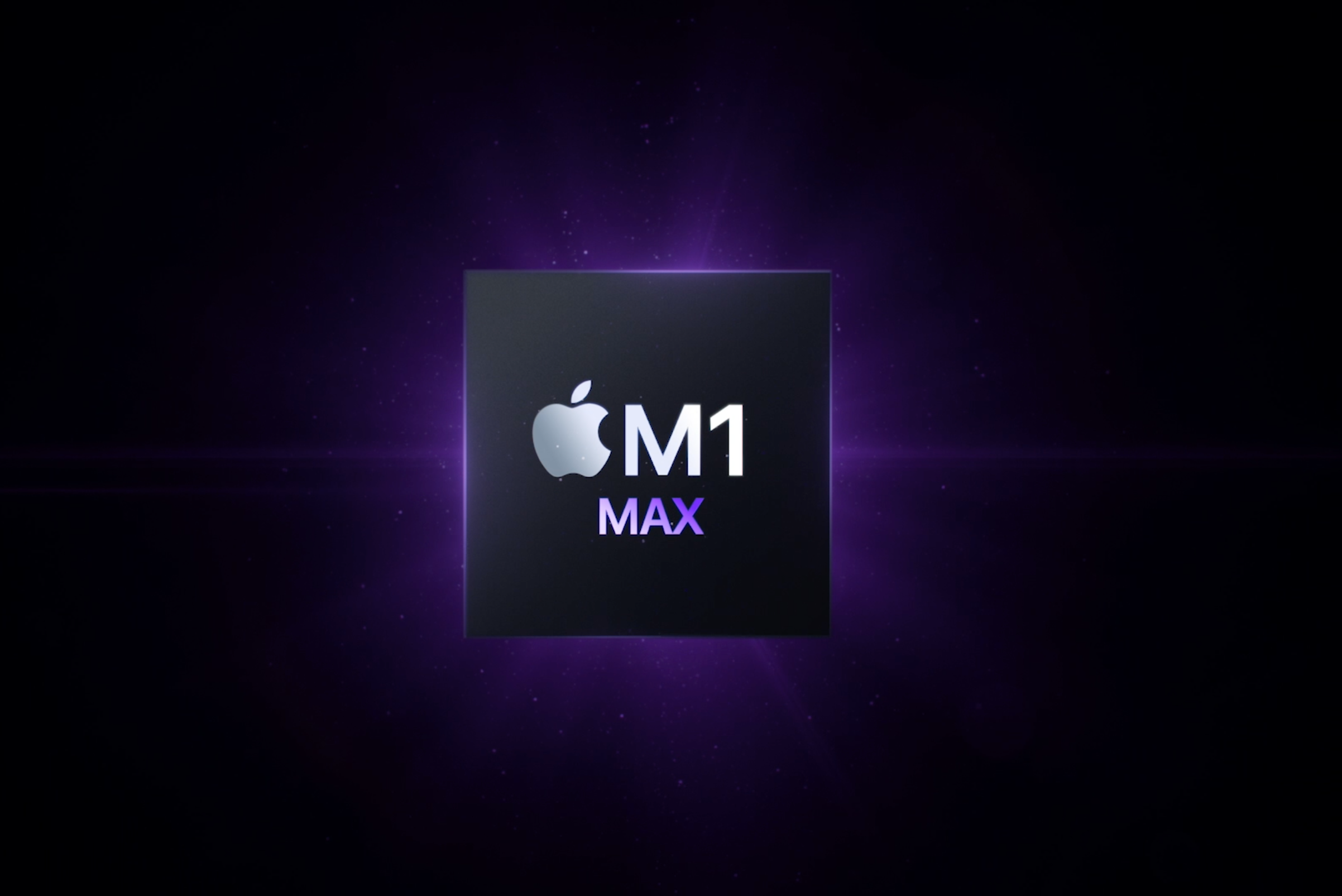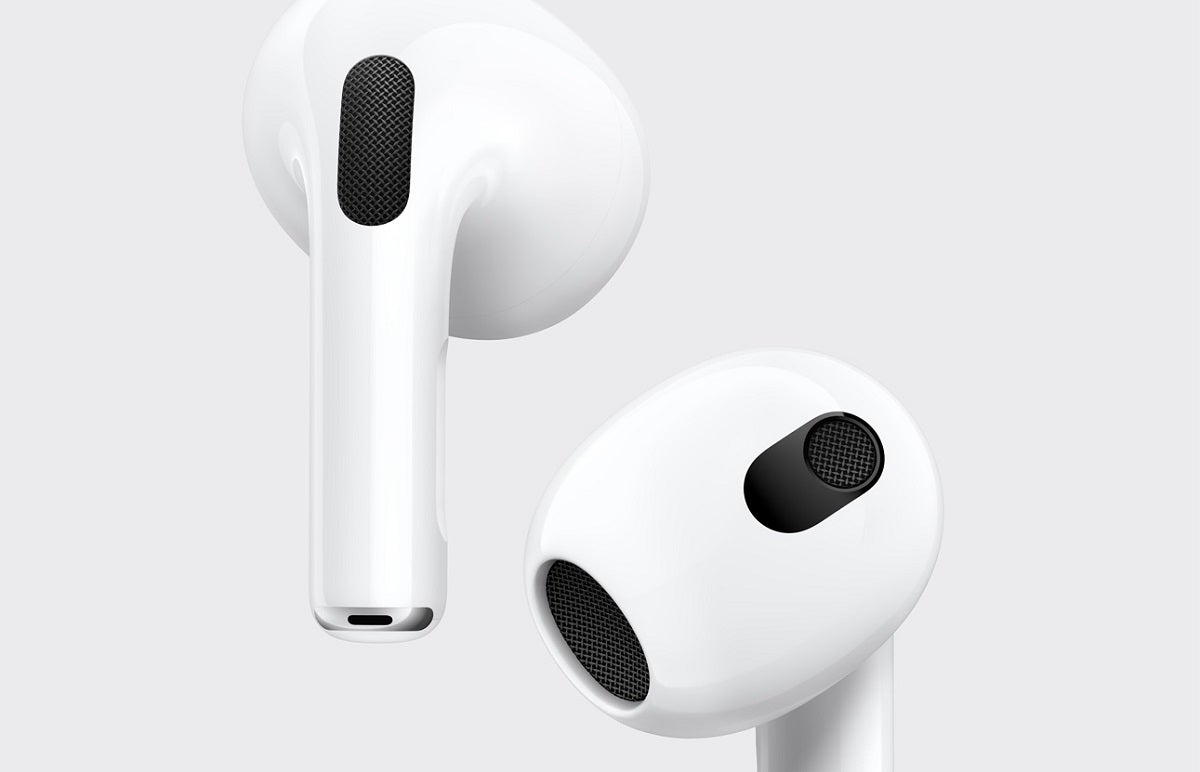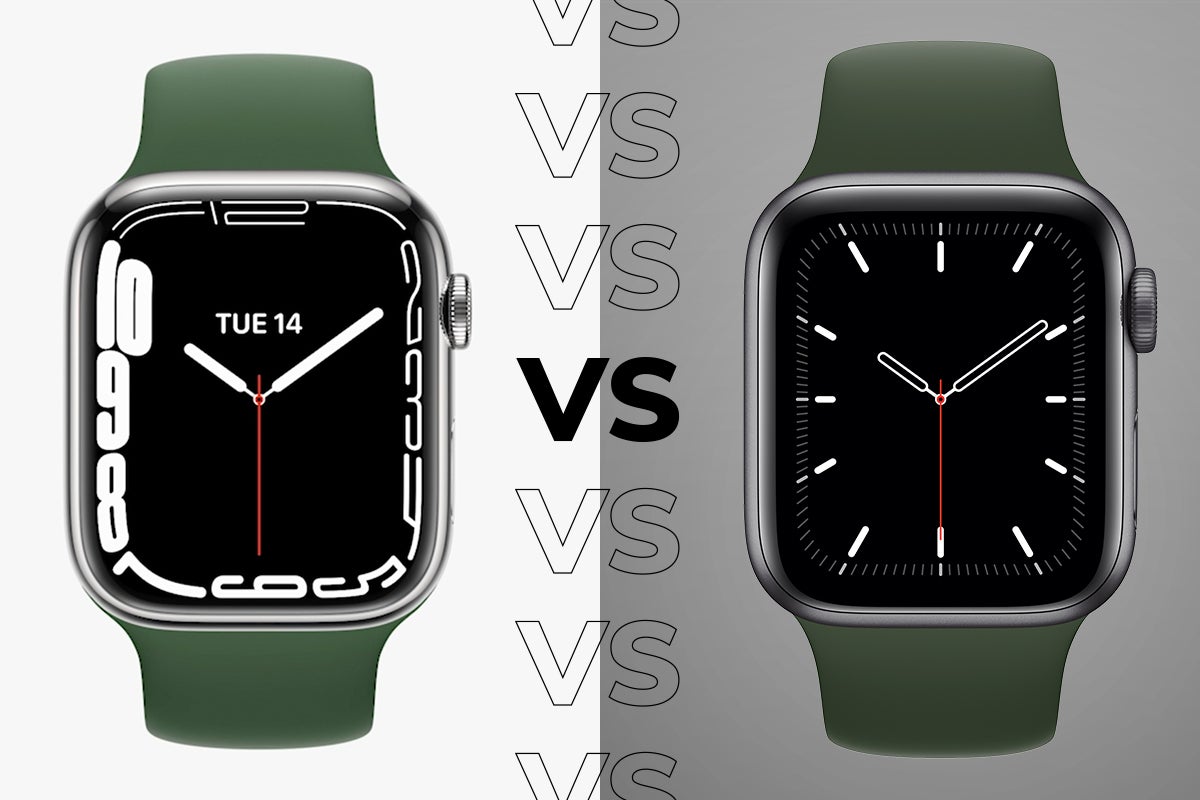iPhone 13 Pro vs iPhone 12 Pro: What’s new?
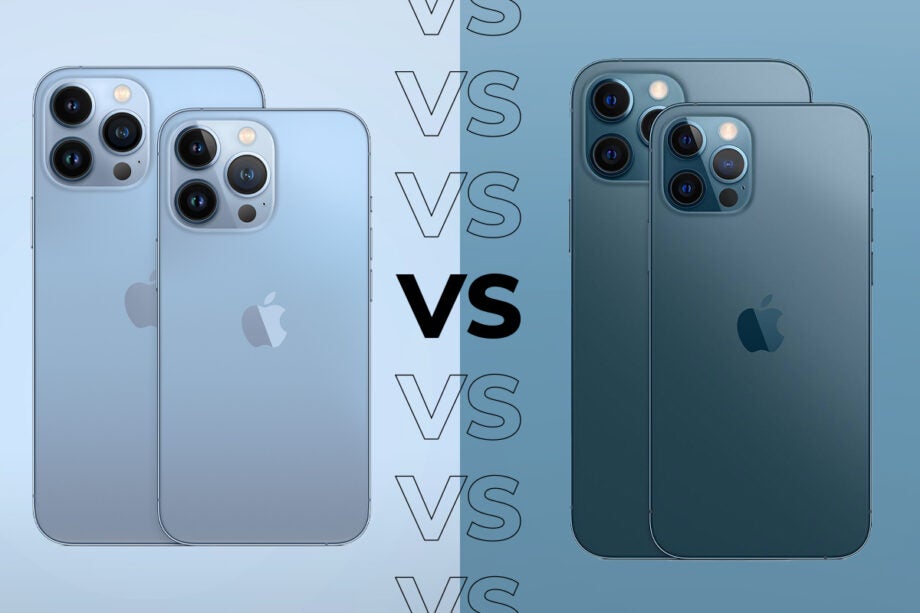
Apple has finally unveiled its latest flagship smartphone, the iPhone 13 Pro.
And as a result most buyers will immediately be wondering how the iPhone 13 Pro and iPhone 12 Pro. Here to help we’ve made this early guide detailing the biggest differences between the two.
Price
The iPhone 13 Pro comes with a 6.1-inch display with different storage options, at 256GB, 512Gb and 1TB storage. Each version costs £949, £1,049, £1,249 and £1,449 respectively.
There is also an option to get some money off if you were to trade in an iPhone 8 or newer.
Meanwhile, the iPhone 12 Pro cost £999 on release but can be found at a lower cost nowadays. This means that the newest Pro model is £50 cheaper on release, if you choose to go with the smaller model with the lowest storage.
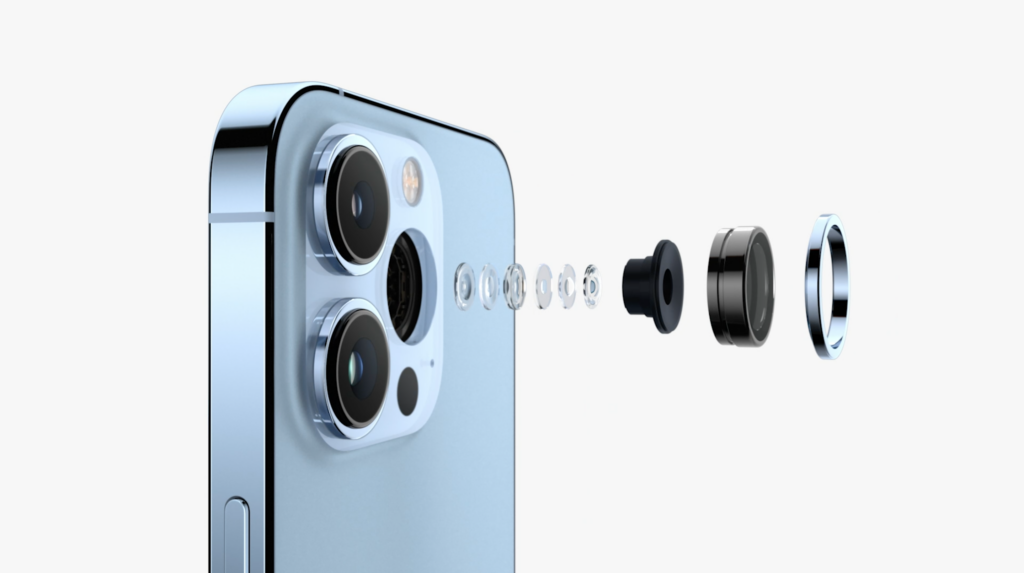
Camera
The iPhone 13 Pro has an impressive collection of 12MP cameras, with telephoto, wide and ultra-wide cameras. The ultra-wide camera specifically has a 120-degree field of view, making it a good choice for any photographers out there.
There is also improvement in low light, with 3x optical zoom for both photo and video now available. Night mode also features on all cameras, so it should be much easier to shoot in low light environments.
Marco photo is also now available on the iPhone 13 Pro, which provides better focus and can magnify in on an object with a minimum distance of 2cm, so it should work great when capturing close-ups.
Apple also revealed that the Pro 13 camera features photographic styles, which bring the benefits of multi-frame image processing with the ability to customise videos after they’ve been shot.
Looking at the video for the 13 Pro, Apple claims that there is a higher colour fidelity, with the ability to film 4K video at 24/25/30/60fps. You can also engage in HDR recording with Dolby Vision in up to 4K at 6fps, making this one of Apple’s most powerful cameras.
The iPhone Pro 12 is decidedly less impressive, according to Apple’s claims. But based on our real world impressions using it, the 12 Pro still packs a good camera. It has a 12MP sensor with h a 52mm equivalent lens for 2x shots and a 12MP wide camera.
The main camera includes Smart HDR 3 and lets in more light than the previous iPhone cameras so your photos are brighter and sharper. The Pro 12 can also take Night Mode shots but only on the main camera, which is an upgrade the 13 Pro now brings.
When filming on the iPhone 12 Pro, there is Dolby Vision HDR that supports 60fps shooting, which gives the videos and photos brighter colours and deeper blacks.
The iPhone 12 Pro is still an impressive camera, however, the iPhone 13 Pro wins in terms of the camera, mostly due to the huge updates of the specs, and inclusion of features like Night Mode on all cameras and the ability to edit video footage focus even after it’s been filmed.
We’ll be able to offer a better comparison how the two compare when we get the 13 Pro in for testing.
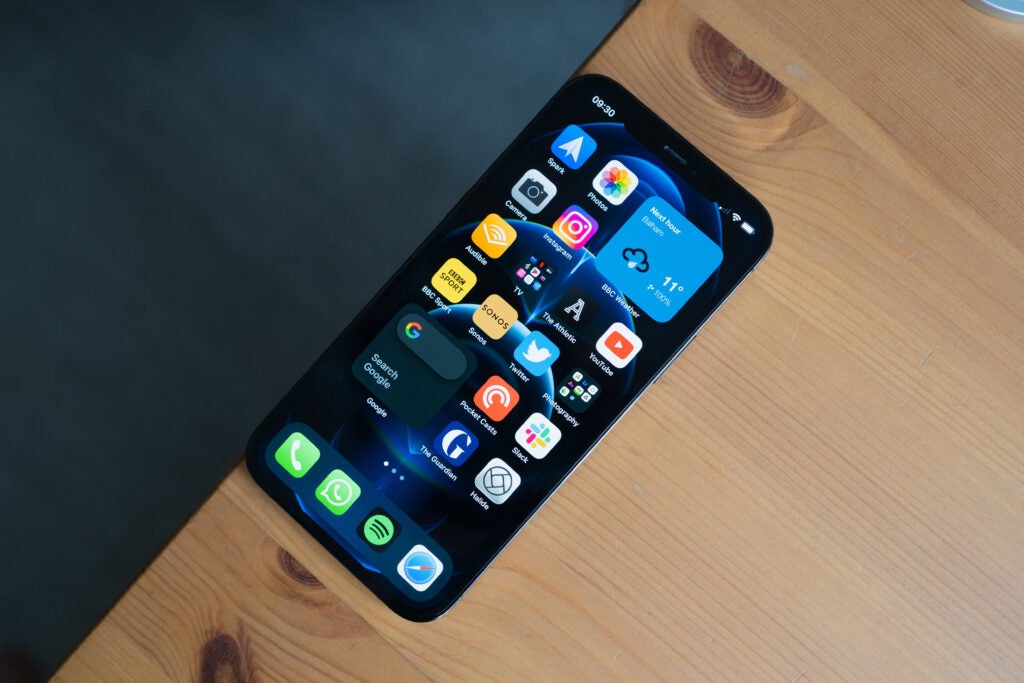
Battery
The iPhone 13 Pro keeps the Apple Lightning adaptor, and does support Magsafe wireless technology up to 15W, as well as Qi wireless charging up to 7.5W. It is fast charge capable, and Apple claims it can charge up to 50% in 30 minutes with a 20W adapter or higher.
The 13 Pro should also be able to play audio for up to 75 hours, though we’re so far unsure on how it fares when being used generally throughout the day.
The iPhone 12 Pro, meanwhile, does not support fast charging and takes half an hour to get 50% battery using Qi charging. The 12 Pro also supports Magsafe, though it will take well over an hour to charge it to full battery.
The iPhone 12 Pro fared well in our tests in terms of battery life during the day, we managed to hit six hours of screen time without it running out.
Screen
The display on the iPhone 13 Pro sits at 6.1-inches and is made up of a super retina XDR display. The display is also OLED and has a pixel resolution of 2532×1170, which should be sharp enough for day-to-day use, based on our experience with similar resolution screens.
It also has HDR and Truetone, so the phone will shift its brightness to your environment. It’s also rated IP68, meaning it’s pretty dust resistant, and has adaptive refresh rates of up to 120Hz with ProMotion, meaning it should run quickly and respond well when you’re swiping on a page or flicking between apps.
The iPhone 12 Pro does not feature ProMotion and sits at 60Hz, so it won’t be as smooth to use. However, it still has an OLED panel and HDR content at 1200 nits, meaning the screen is bright and crisp.
The display is 6.1-inches with a pixel resolution of 1170×2532 and features true tone like the 13 Pro. It also features Dolby Visions support, for better HDR performance on compatible content.
Specs
The specs are where the iPhone 13 Pro really comes into its element, as it includes the new A15 Bionic chip, with a new 6-core CPU and a new 5-core GPU that means the phone runs a lot faster than its predecessor.
It runs on iOS 15, with Apple claiming that its graphics are 50% better than the leading competition due to the 5-core GPU. The new cores provide faster performance and should provide better graphics than older models, including the iPhone 12 Pro.
The iPhone 12 Pro is no match in terms of specs, using the older A14 Bionic chipset. It does feature a 5G modem inside, however, which does give you fast data network access if you’re in an unsupported area.
However, the latest GPU and CPU cores are much faster than the last-gen iPhone Pro, meaning it will run much faster and produce better graphics due to the added cores and improved SoC.
We’ll publish benchmarks comparing the two when we get the iPhone 13 Pro in for review.


